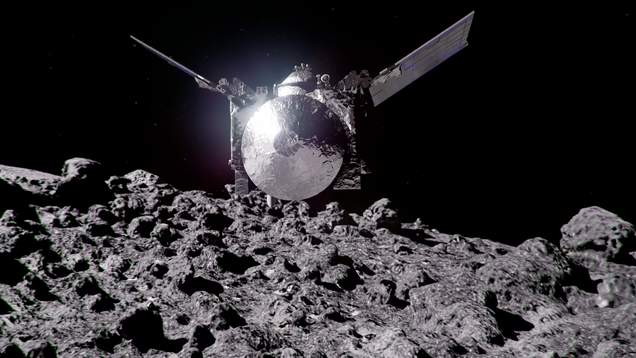
New mission, who dis? The spacecraft formerly known as OSIRIS-REx had an impromptu close encounter with the Sun as it follows a newly crafted route to a second asteroid, using one of its solar arrays for shade.

New mission, who dis? The spacecraft formerly known as OSIRIS-REx had an impromptu close encounter with the Sun as it follows a newly crafted route to a second asteroid, using one of its solar arrays for shade.
Nazarii Neshcherenskyi

In September, fragments of a near-Earth asteroid were carefully dropped off in the Utah desert. The space rocks hold clues to the origin of the solar system and can possibly answer crucial questions about how our planet came to be—if only we can get to them first.
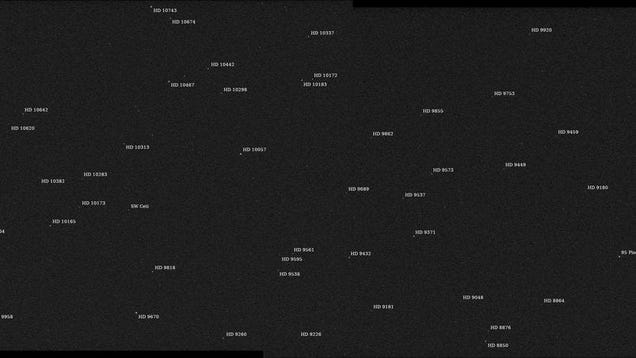
It departed our planet just over two months ago, but NASA’s Psyche spacecraft is already 16 million miles from Earth, well on its way to its main destination: the asteroid Psyche.

The first look at the Dinkinesh asteroid revealed a surprise: The small space rock had its own moon. Now as the Lucy spacecraft downlinked more images of its first target, it showed not one but two tiny asteroids orbiting around Dinkinesh.
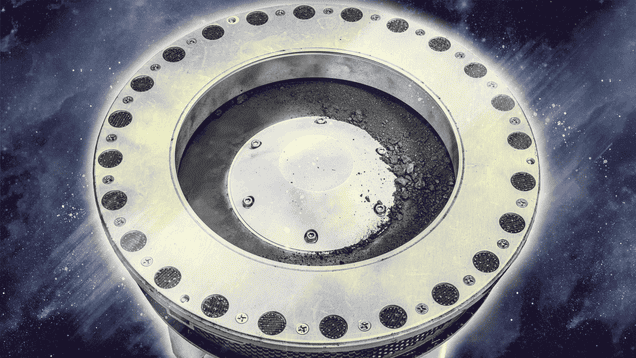
We’ve all been there: You’re getting some peanut butter, or looking to nosh a nice pickle, when you find your wrist strength is insufficient to get at the jar’s delicious contents.
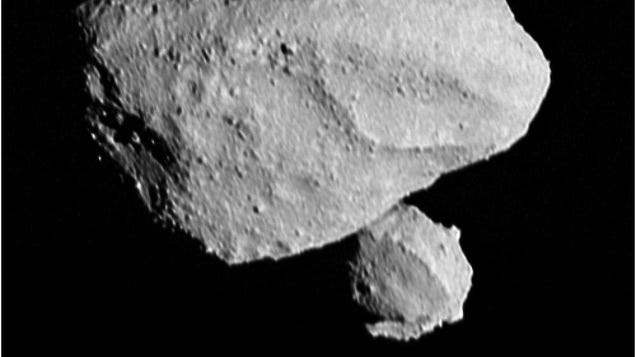
As NASA’s Lucy spacecraft zoomed past its first asteroid on Wednesday, its mission scientists made a surprising discovery of a bonus space rock.

We all know how the story goes: a large asteroid falls to Earth from space, slamming into the Yucatán Peninsula with 100 million megatons of force.
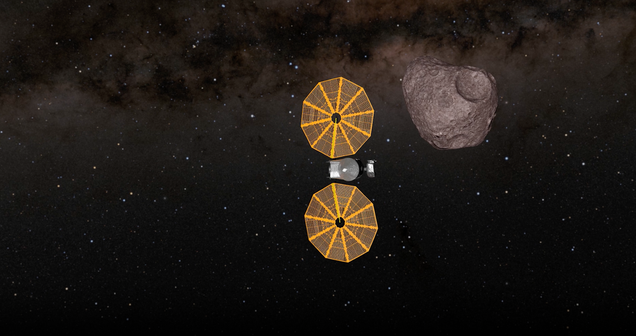
After traveling millions of miles over the past two years, the Lucy spacecraft has almost reached its first destination. NASA’s asteroid probe will briefly rendezvous with Dinkinesh in the main asteroid belt on Wednesday to prepare for its future visits of Jupiter’s Trojan asteroids.
Addy Graham/University of Arizona